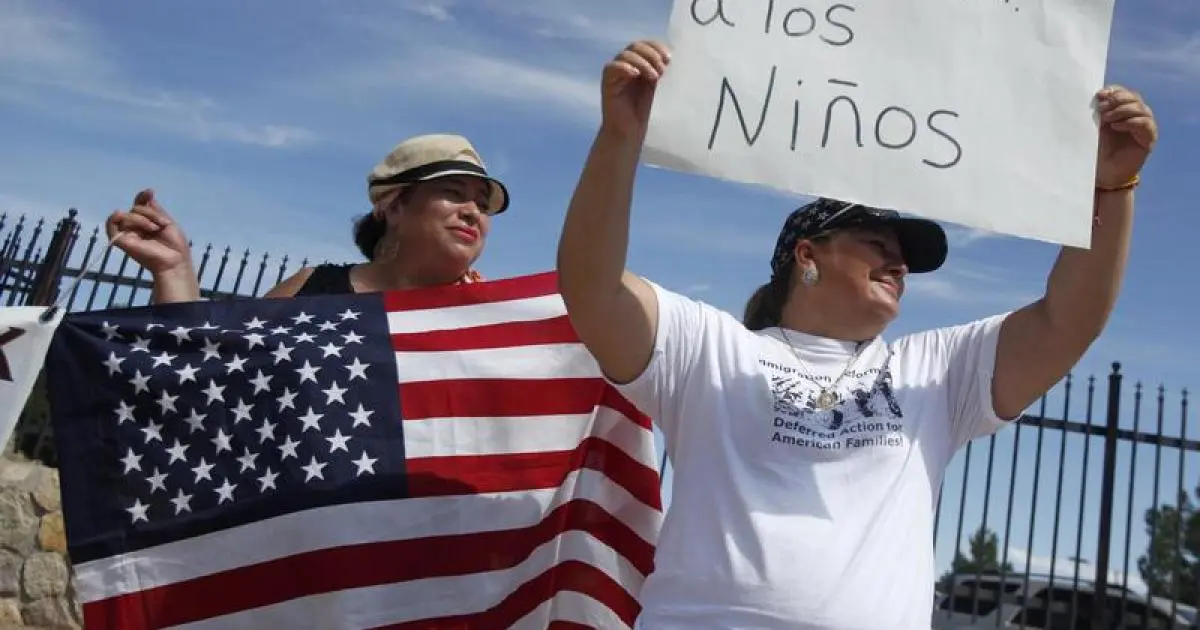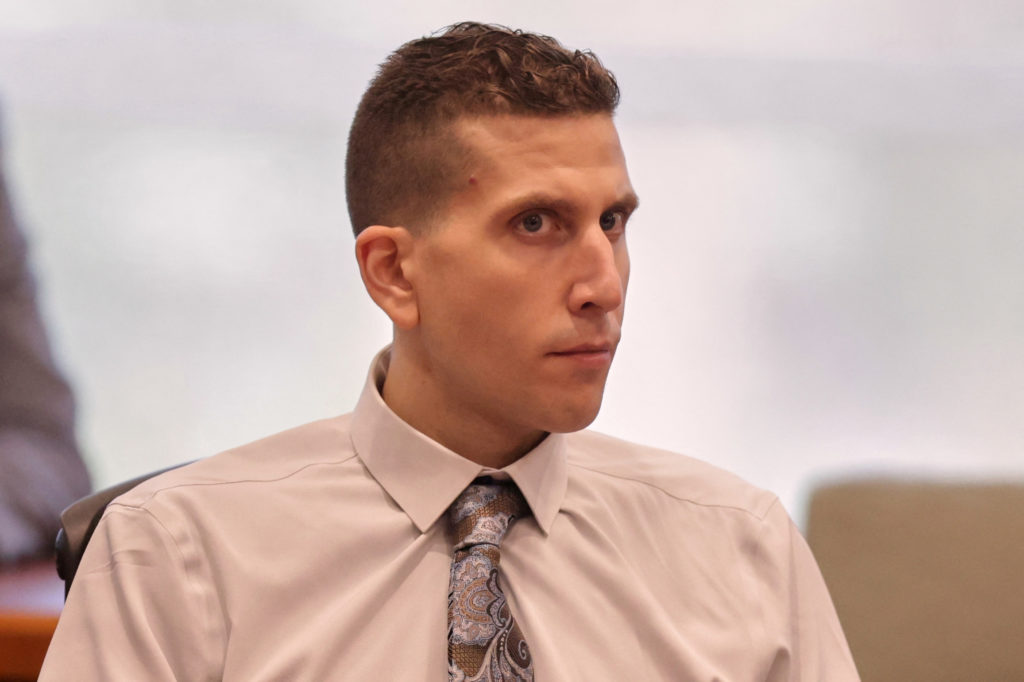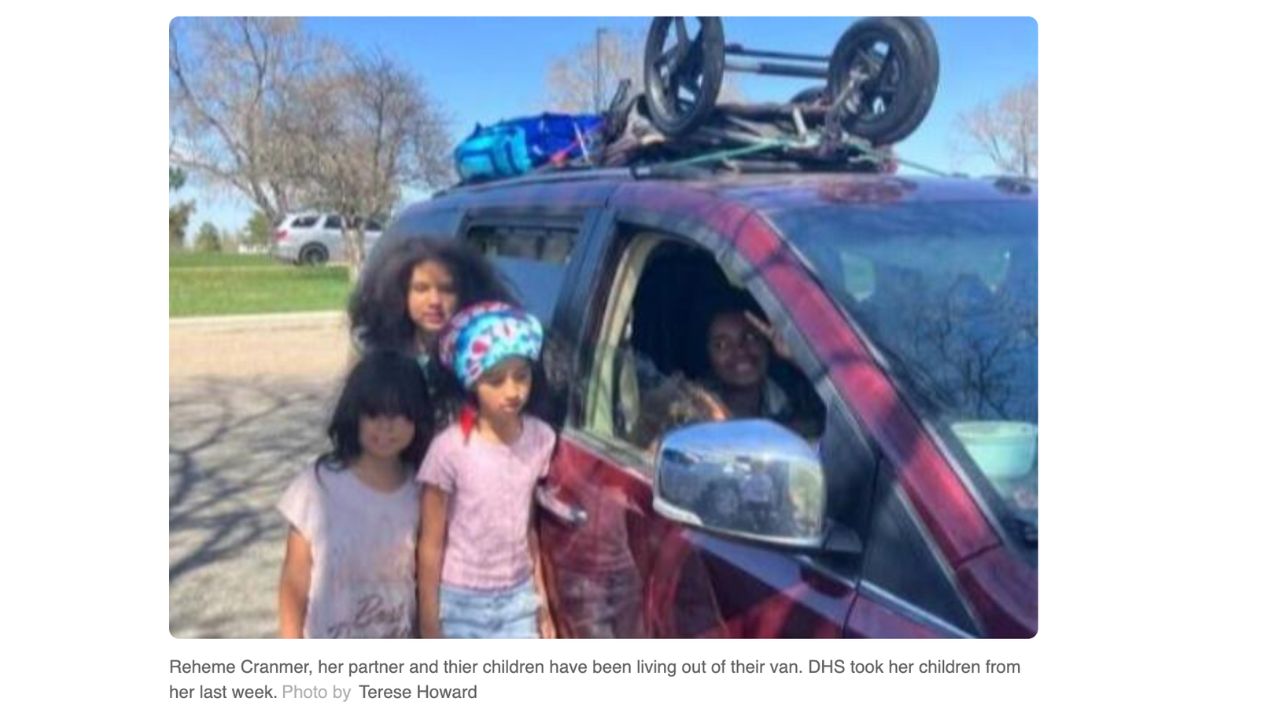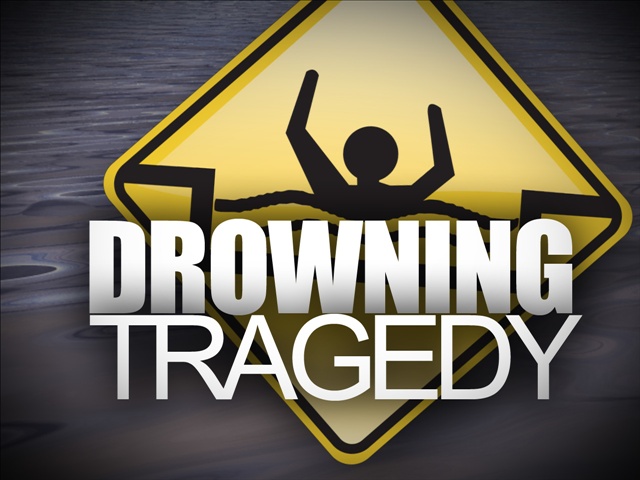With immigration crackdowns intensifying under the second Trump administration, a renewed wave of fear is sweeping through communities across the United States. At the heart of this fear lies a critical legal question: what does it mean to “harbor” an undocumented immigrant — and how far can Americans go before their kindness becomes a federal crime?
The answer is far from clear-cut. While the Immigration and Nationality Act of 1952 (INA) criminalizes harboring unauthorized immigrants, legal experts, courts, and communities continue to debate the line between humanitarian aid and criminal conduct.
A Legal Grey Zone
The INA states that “harboring” involves actions that “substantially facilitate the alien remaining in the United States illegally.” But does that definition include giving someone a ride? Offering a meal? Paying for a bus ticket to another city?
“There is no Supreme Court ruling that definitively outlines what harboring means,” said Muzaffar Chishti, senior fellow at the Migration Policy Institute and director of the MPI office at New York University School of Law, in an interview with American Community Media. “The case law is fragmented. What’s considered harboring in one federal circuit might not be in another.”
Different federal courts interpret the term differently. The Third Circuit Court has adopted a broader definition, treating harboring as any action — shelter, transportation, or even giving directions to obtain false documents — that helps someone stay in the country unlawfully. In contrast, the Sixth and Ninth Circuits interpret harboring more narrowly, focusing on active concealment or direct sheltering from authorities.
“If it’s your partner living with you or you giving them a ride within U.S. borders, that likely won’t be prosecuted,” Chishti explained. “But driving someone across the border, helping them obtain fake documents, or hiding them during an ICE raid — that crosses the legal line.”
Zero Tolerance and the Politics of Enforcement
Under the Trump administration’s return to zero tolerance, federal prosecutors are under pressure to increase harboring-related prosecutions — a trend that spiked during Trump’s first term. From fewer than 3,500 cases in 2015, charges surged to nearly 5,700 by 2019, a 65% increase.
The policy shift is rooted in a broader immigration strategy that hinges on fear, not feasibility, according to Chishti. “They’re aiming for mass deportation — a million people per year — but the numbers just aren’t there. So the strategy pivots to encouraging self-deportation through fear.”
Data backs up this claim. A March 2025 ICE report revealed that Trump-era removals from January 26 through March 8 averaged 661 per day — over 10% fewer than the Biden administration’s daily average of 742 in 2024.
Meanwhile, Trump’s broader immigration efforts — including executive orders on legal status revocations and diversity-equity-inclusion (DEI) bans — have sparked at least 328 lawsuits nationwide as of May 2025.
The Chilling Effect on Communities
For Americans, especially those working in faith-based organizations, schools, or healthcare, the ambiguity surrounding the law has created a chilling effect.
“In 2018, a humanitarian volunteer was prosecuted for giving food and water to migrants in the desert,” Chishti recalled. “In 2019, a Texas city attorney was arrested after calling for medical help for dehydrated migrant children. This raises the question: Is being a good Samaritan now a criminal act?”
The volunteer was ultimately acquitted after invoking the Religious Freedom Restoration Act, arguing that his aid was motivated by religious conviction. But his case spotlighted a troubling trend — the criminalization of compassion.
“Schools are adopting ‘don’t ask, don’t tell’ policies. Teachers are afraid to know too much. Doctors wonder whether treating an undocumented patient creates an obligation to report to ICE. And many immigrants are skipping court dates out of fear that their presence might lead to someone else’s prosecution,” said Chishti.
Harboring in the Workplace
One of the more legally risky areas is employment. “If an employer unknowingly hires an undocumented worker, that’s not harboring,” Chishti clarified. “But if they help the employee falsify documents or knowingly overlook their immigration status, that becomes a crime.”
For example, assisting an undocumented employee in filling out an I-9 form using fake paperwork is prosecutable under the harboring provision.
Ultimately, enforcement depends heavily on jurisdictional priorities and prosecutorial discretion. “It’s about resource allocation,” Chishti added. “If local officials decide to prosecute someone for giving a ride to an undocumented friend, what other crimes are they choosing not to prosecute? It’s a question of priorities.”
Even law enforcement officials recognize the cost of such crackdowns. In May, a sheriff in Harris County, Texas warned that new legislation requiring local sheriffs to assist ICE could cost taxpayers more than $1 million.
Where Do We Go From Here?
As immigration enforcement ramps up, so too does uncertainty over what is legal — and what is moral.
“What’s at stake is more than just individual prosecutions,” Chishti said. “It’s our collective willingness to care for one another. The fear of prosecution silences teachers, doctors, neighbors. It erodes trust. And that’s a cost society pays far beyond any courtroom.”
In the absence of clear legal standards from the Supreme Court, Americans are left to navigate a patchwork of interpretations — balancing the risks of helping with the weight of conscience. Whether offering a hand becomes a criminal act may now depend not just on what you do — but where, when, and why you do it.













Leave a Reply